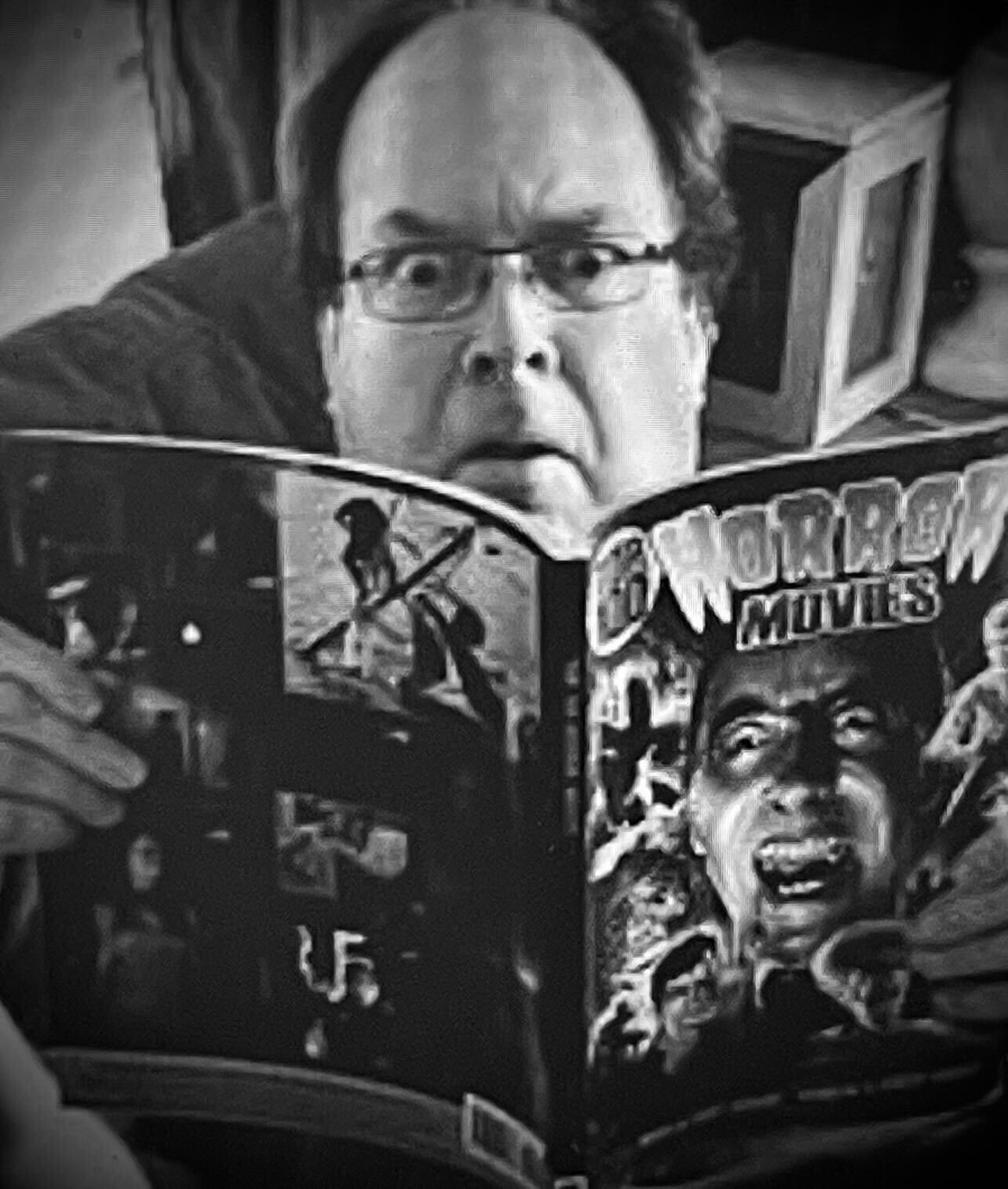This Thesis Theatre has passed; please enjoy the recording:
ABSTRACT:
M.R. James was recognized and acclaimed for his short stories of the macabre written at the turn of the twentieth century. In the 1970’s the new genre of Folk Horror arose, basing many of its stories within the England countryside, and claiming M.R. James as a significant foundation and forerunner. While setting most of his stories in present day England, several of them are set within 17th Century England. This Thesis explores four of James’ stories with settings in 17th Century England: The Fenstanton Witch, The Ash Tree, Martin’s Close and The Rose Garden and attempts to discern what exactly drew James to this time period, but more importantly, what it was about this time period that lent itself to Folk Horror. It is the conclusion of this Thesis that the great instability of England, combining Puritan beliefs, fanatical authority, and brutal punishments, laid the seeds of paranoia and rural unease from which M.R. James and Folk Horror both created tales of terror.
Jay Moses is a pastor at Saint Mark Presbyterian Church in the DC area, teaching adjunct at the University of Maryland. His favorite memories leading to his studies at Signum are finding yellow-worn paperbacks of Ray Bradbury in his sister’s book shelf, watching the Hobbit with cheese popcorn made by his mother, and listening to the many ghost stories told by his father while camping. His wife is the best thing about him, and his children continue to wonder if he really reads his books.

